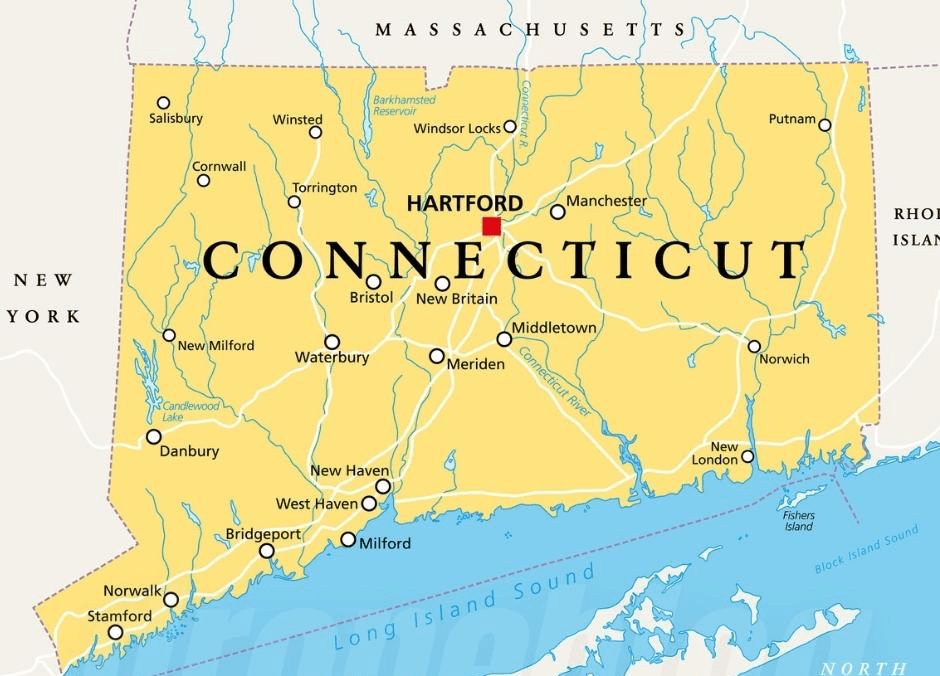
The American Drone Security Act Tightens the Noose on Chinese Drones
The American Drone Security Act, incorporated into the FY 2024 National Defense Authorization Act (NDAA), definitively restricts the utilization of federal funds for drones categorized under a “covered list,” which encompasses all drones produced in China. The NDAA and the ACT were signed into law by President Biden in December of 2023 and are immediately effective.
Mark Bathrick, former U.S. Department of the Interior’s Director of the Office of Aviation Services (OAS) spoke from the floor of The Drone Responders National Public Safety UAS Conference in Williamsburg VA on March 12, 2024 about the practical impact that the American Drone Security Act and the bans on Chinese made to drone technology. Bathrick’s presentation delved into the practical implications of this Act for public safety agencies.
Immediate Effect: Procurement of Drones from “Covered Entities” Using Federal Funds are Banned
With immediate effect, federal agencies are barred from procuring drones manufactured in China, subject only to certain exemptions or a waiver process. This prohibition applies specifically to purchases made with federal funding, and therefore recreational users, private sector entities without federal affiliations, while state or local agencies operating without federal funds remain unaffected by this regulation.
The Landscape of Chinese Drones: Exploring “Associated Elements”
A functioning drone system encompasses controllers, hardware, payloads, and more. An unresolved issue in interpreting the Act revolves around defining the scope of what constitutes a “covered” element. The Federal Acquisition Security Council (FASC) is tasked with precisely delineating the prohibited components. While the ADSA mentions “associated elements” – such as payloads – a definitive list of these elements is yet to be finalized.
Operational Implications of Chinese Drone Bans for Federal Agencies
The Act (ADSA) addresses both the immediate cessation of procuring new Chinese drones and a phased prohibition on the operation of already purchased drones in fleets. The cessation allows for the grounding of Chinese drones already in use over two years. Post-2025, certain exemptions and loopholes then come into play.
Certain federal agencies, including DHS, DOD, DOS, and DOI, are exempt under specific conditions. The Act’s language leaves room for interpretation, offering either a list of exempt operations or the condition that the UAS (Unmanned Aerial System) in question cannot transfer or download data from a covered entity, thereby allowing some flexibility in technology choices. Other agencies, such as DOT, FAA, NTSB, and NOAA, enjoy exemptions for designated operations.
While waivers are available, they are not easily obtained. Waivers must be individually sought and granted by the head of the respective agency, with final approval from OMB after consultation with FARC and obligatory notification to lawmakers.
Guidance for State and Local Public Safety Agencies
In the absence of state laws, the ADSA does not have a direct impact on state and local public safety agencies, unless they are utilizing federal funds to procure their drone hardware. According to Bathrick, it is crucial for agencies to prioritize educating their leadership about pertinent issues.
Certain States, most notably Florida which has the toughest drone laws in the country, as well as several other states on the verge of passing their own legislation which looks similar to the ADSA, have rules that directly affect their own state agencies and contractors.
“Security holds paramount importance,” Bathrick emphasizes. “Supporting the US industry is equally vital, and both aspects warrant customized solutions.” Bathrick advises agencies against adopting “one-size-fits-all” requirements but instead encourages them to delve into the specifics that suit their operational needs.
Agencies can also devise strategies to adjust their allocation of federal grants versus state and local funding to gain more flexibility.
To safeguard programs and operations, Bathrick underscores the importance of maintaining ongoing communication with stakeholders and communities. Bathrick suggests that agencies prioritize programs aimed at educating officials about public safety program outcomes, conducting briefings on their mission risk profile, and implementing “defense in depth” security strategies.
Additional Restrictions are On the Horizon
The National Defense Authorization Act (NDAA) bars government agencies from procuring or operating drones or their components originating from specified “covered” countries, it also restricts the use of federal grants for the acquisition of such products by state and local government bodies.
The Countering CCP Drones Act, with strong bipartisan support in Congress, proposes a more extensive prohibition targeting DJI specifically. This legislation would include DJI in the Federal Communications Commission’s roster of companies barred from accessing FCC-regulated communication networks. This would impact all users of DJI equipment, spanning public service, commercial, and consumer domains.
Former Assistant Secretary of the U.S. Department of Homeland Security, Brian Harrell, emphasized the importance of acknowledging the risks, stating, “This is not the boogeyman — we’ve seen these drones leak data overseas and it’s good to see government agencies call out the known threat.” He further underscored the U.S. government’s recognition of Chinese dominance in the electronics supply chain, including drones, as detrimental to national security interests.


 Explaining New Drone Regs
Explaining New Drone Regs  The ADSA & Your Department Drones
The ADSA & Your Department Drones  Timeline On Drone Bans
Timeline On Drone Bans  Breaking News for Connecticut Drone Fleets
Breaking News for Connecticut Drone Fleets  The Near Future of Drone Surveillance & Security
The Near Future of Drone Surveillance & Security 

